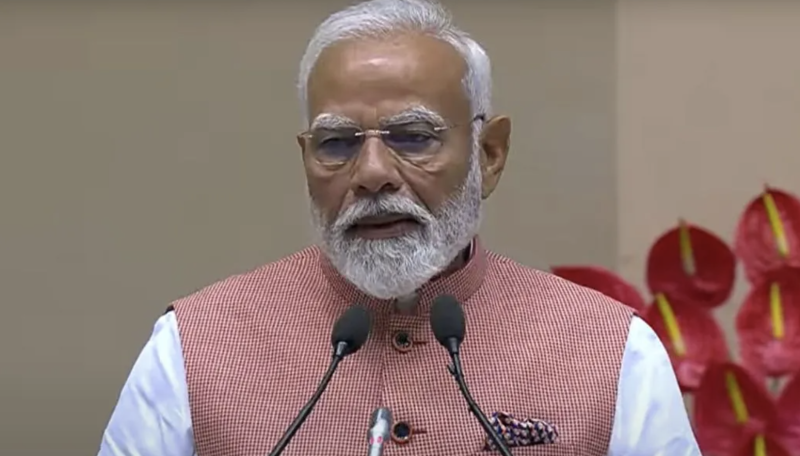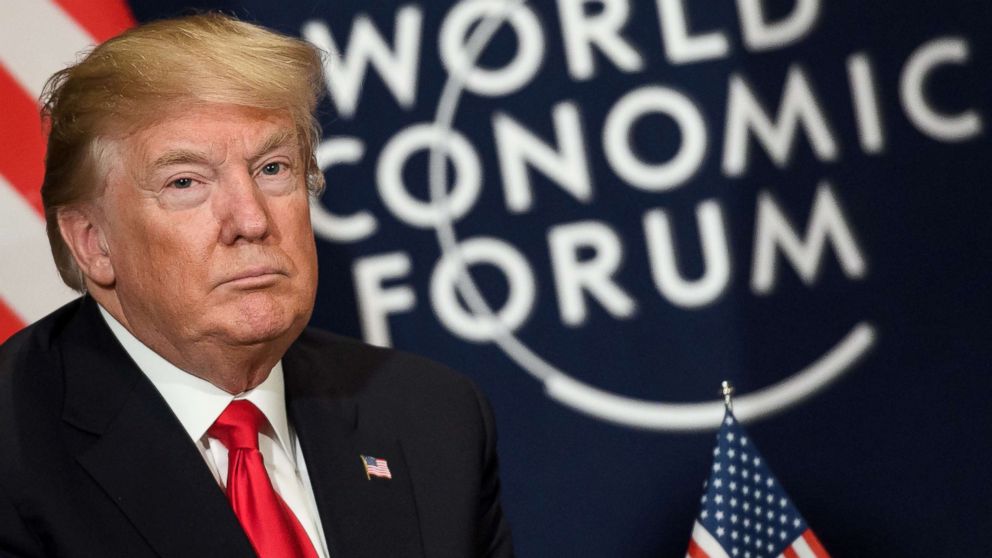On India's 79th Independence Day, nearly 210 elected Panchayat representatives from across the country, including Sarpanchs and Gram Pradhans, attended the celebrations at the Red Fort as special guests. Dressed in traditional attire, they represented the spirit of rural India and were acknowledged by Prime Minister Narendra Modi in his address. The event highlighted grassroots governance under the theme “Naya Bharat,” with a felicitation ceremony on the eve titled “आत्मनिर्भर पंचायत, विकसित भारत की पहचान.” Among them were leaders from Maharashtra and Rajasthan, whose contributions to rural transformation earned them this recognition.
In his record 103-minute speech—the longest Independence Day address in his 12 years as Prime Minister—Modi emphasized self-reliance (Atma Nirbhar Bharat), technological innovation, and national unity. Key announcements included GST reforms to reduce rates on essentials by October 2025, the launch of the Pradhan Mantri Viksit Bharat Rojgar Yojana offering ₹15,000 incentives to first-time job seekers, and the upcoming market entry of made-in-India semiconductor chips by year-end. He stated, "first made-in-India semiconductor chip to come in market by this year-end." Modi also praised the armed forces for Operation Sindoor's success in Jammu and Kashmir, announced Mission Sudarshan Chakra for site protection using indigenous tech, and highlighted India's early achievement of 50% clean energy capacity, saying, "India achieves clean energy target 5 years ahead of schedule." He reviewed the Indus Water Treaty for better agricultural water rights and promoted initiatives like Samundramanthan for deep-water energy exploration and Yuva Manufacturing to boost youth-led production.
Tying into rural development, Modi described the gathering as a "mini India," noting, “At the Red Fort today, there are many great personalities present. There are panchayat members from far-away villages.” The guests' invitation underscored schemes like Har Ghar Jal, PM Awas Yojana (Gramin), and SVAMITVA, which has distributed over 2.63 crore property cards via drone surveys in 3.26 lakh villages. Financial support to Panchayats has increased fivefold, from ₹176 to ₹674 per capita annually. New tools like the Panchayat Advancement Index (PAI) and AI-powered ‘SabhaSaar’ for generating Gram Sabha minutes in 13 languages were highlighted.


